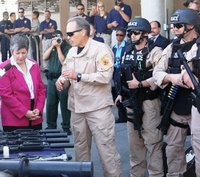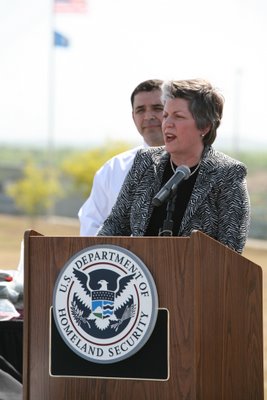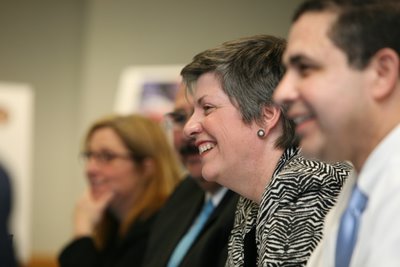Addressing Employment-Based Visa Wait Times
This is a complicated subject, so I want to provide a little background. Becoming a permanent resident based on employment can require a number of steps, including obtaining a labor certification from the Department of Labor, receiving approval on a petition for alien worker from U.S. Citizenship and Immigration Services (USCIS) (Form I-140) and obtaining an immigrant visa from the Department of State or being granted adjustment of status from USCIS. In addition, by law there are numerical limits on the number of people who can immigrate to the U.S. each year in most categories. You can see a more detailed explanation about the employment-based visa application process online.
Some readers have asked about the volume of employment applications and delays that have occurred in employment-based visa petition and adjustment application processing in late 2007 and early 2008. There were a number of factors that affected USCIS' handling of these cases during that time. Employers filed more than 234,000 petitions to sponsor foreign workers (Form I-140) as the Department of Labor cleared a large backlog of labor certification applications and implemented new regulations. Adjustment-of-status application filings also soared to nearly 300,000. We attribute the increase in adjustment application filings to a couple things. First, customers' anticipation of USCIS' filing fee increase in July 2007. Second, a unique opportunity for workers and their families to file adjustment applications based on the visa availability date announced in the July 2007 Immigrant Visa Bulletin. Many of these availability dates have since reverted, creating a backlog of adjustment applications that cannot be adjudicated until a visa becomes available.
A few months ago, a customer indicated his frustration that while he can monitor the Visa Bulletin to see how it moves month to month, he still has no idea how many people are waiting in line with pending adjustment applications or how long it may be before USCIS can process and approve his application. We know this customer is not alone! In response to that customer's request, we are working to make this information available on our Web site.
I understand the importance of becoming a permanent resident. I also recognize workers may rightly want to take advantage of the limited provisions in current law that allow certain applicants to change employers without affecting their ability to adjust status. As a result, USCIS has taken the following steps:
- USCIS has increased the emphasis on processing employment-based petitions. Our goal is to complete adjudication on the older I-140 petitions and to process newer petitions within our targeted processing time of four months. We are making progress toward this goal and anticipate reaching this goal by the end of September 2009.
- USCIS is issuing employment authorization documents valid for two years, as needed.
- USCIS is working with the State Department to make sure we use every available visa number. In 2007, we had more visas available in the family-based categories than were needed, so as permitted by law, we transferred those available family-based visas for use in the employment-based application process.
Mike Aytes
Acting Deputy Director, USCIS
Labels: USCIS, visa wait times








